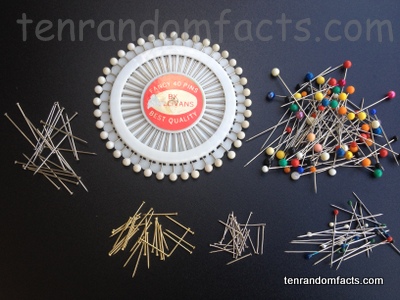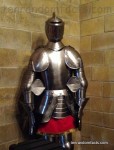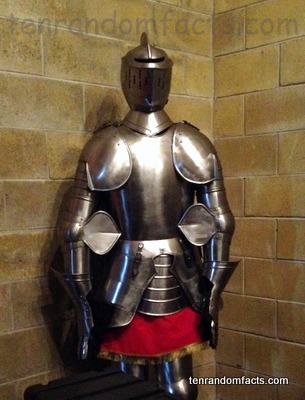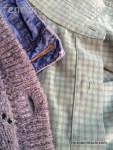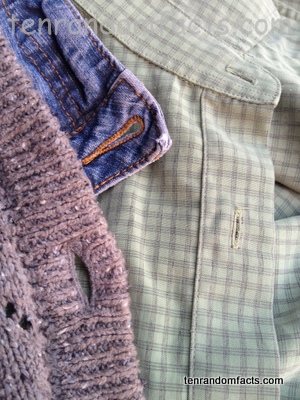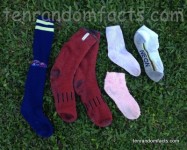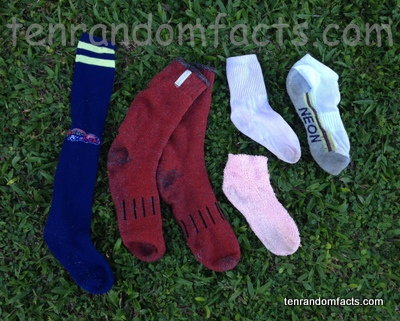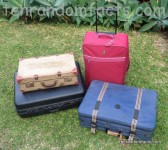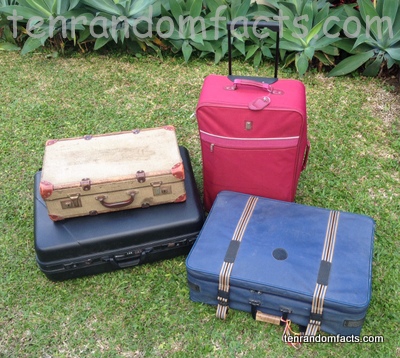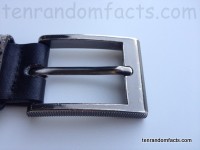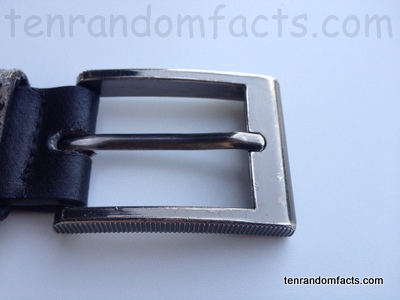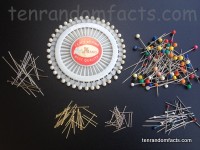
There are so many versions of pins! So… which pin is the straight pin?
- Straight pins are a form of pin, typically used to temporarily keep two or more pieces of material together, and they usually have a head on one end and a sharp point at the other.
- Today, fabric or other textiles are what straight pins most commonly pin together, however, throughout most of history, most of the time these pins were only used for holding papers or clothing together.
- ‘Straight pins’ are also known as ‘common pins’ or simply ‘pins’; as well as ‘sewing pins’, when intended for use in the making of textile objects.
- Straight pins were originally purposed to keep clothes together, known to be in use as far back as Ancient Egypt, and they have since been prominent throughout Medieval Europe and the Renaissance.
- Originally, bone, iron or thorns were used to make straight pins, however modern varieties are typically made of steel or brass, often with a plastic or glass head.
- Straight pins were originally quite expensive and of high demand, as each pin required handcrafting and most women required one to pin their clothes and accessories together.
- In the Middle Ages, straight pins could be used to distinguish a person of a specific social class, with nobles affording more intricate and valuable pins.
- Modern straight pins with metal heads are made by pressing cut pieces of wire into a die or against a hard surface to form the head, and the other end is sharpened, while plastic or glass headed pins are made in a similar way, though the wire is either forced or fused into the head.
- Straight pins utilised for pinning paper have generally been replaced with staples, while safety pins are now commonly used for pinning clothing items.
- Many later versions of straight pins were notorious for rusting as its nickel coating flaked off, which led to the introduction of pin cushions containing emery grit to remove said rust.
Bibliography:
Henson B, Sewing Pins – Knowing the Different Types, 2016, Create For Less, http://www.createforless.com/buying-guides/sewing-and-quilting/sewing-pins-types-and-sizes.aspx
Pin, 2016, Wikipedia, https://en.wikipedia.org/wiki/Pin
Regency Pins, 2011, The Regency Redingote, https://regencyredingote.wordpress.com/2011/09/16/regency-pins/
Straight Pin, 2016, How Products Are Made, http://www.madehow.com/Volume-7/Straight-Pin.html




